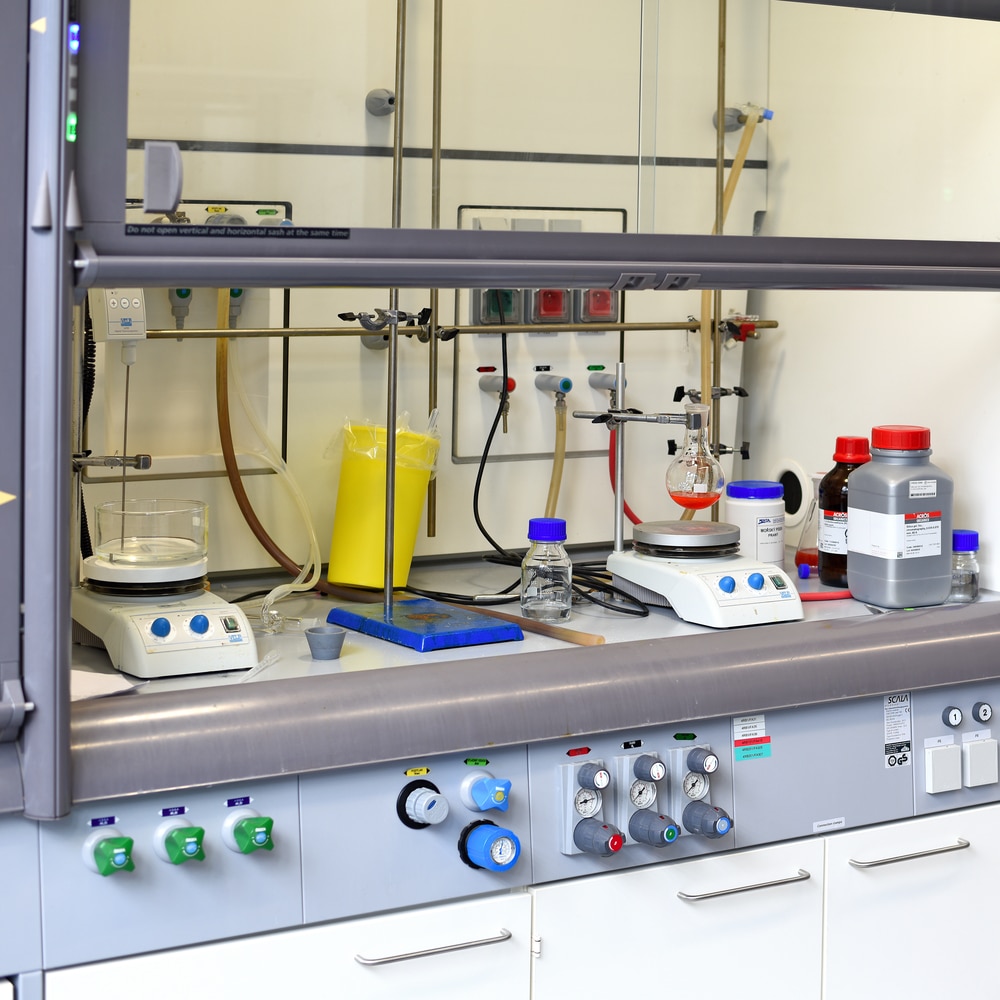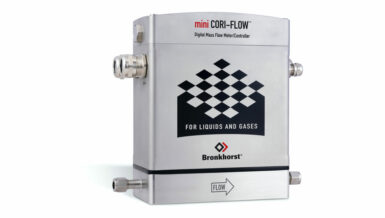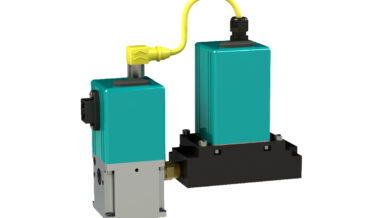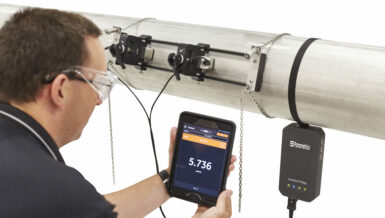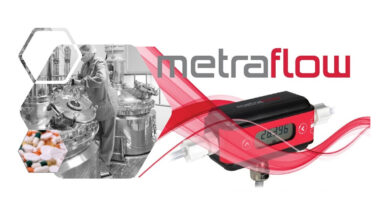Many organisations such as OSHA, ANSI, SEFA, NIOSH, etc use the air face velocity test as the performance indicator, but this does guarantee the fume hood meets its’ full operational specification. Taking the face velocity as the primary requirement, it is imperative that correct velocity measurements are being taken. Regular calibration of the face velocity must be conducted with a suitable and repeatable anemometer. Care must be taken when selecting an anemometer, as some mechanical models will be performing beyond their recommended limits at the 0.3 to 0.5 m/s velocity range, they may well be indicating a velocity reading but this could be wildly inaccurate and unrepeatable, mainly due to frictional forces being a significantly contributor at the low face velocities. This doesn’t mean all mechanical instruments will be outside their operational limits, but diligence should be taken to ensure the anemometer is calibrated at the required air velocity rates.
At the other end of the instrument range, using thermal anemometers also poses some issues that must be avoided to ensure accurate air velocity readings. Although the thermal anemometer provides superior low velocity measurement performance against the mechanical vane style meters, they are affected by vapours and dust within the airflow stream and can give inaccurate readings whilst the fume hood is in operation.
There are some misconceptions around fume hood face velocity, that higher velocities provide better performance, but this could lead a detriment in the fume hood performance, as higher velocities may induce flow eddys into the airstream allowing contaminants to be drawn out of the hood. In making the correct decisions when selecting an anemometer for your fume hood calibration, ensure the anemometer is calibrated for air velocities in the range of operation, especially covering the 0.3 to 0.5 m/s range. UKAS accredited ISO 17025 air velocity calibrations are available from 0.05 m/s upwards with a measurement uncertainty from 0.16% of reading.



